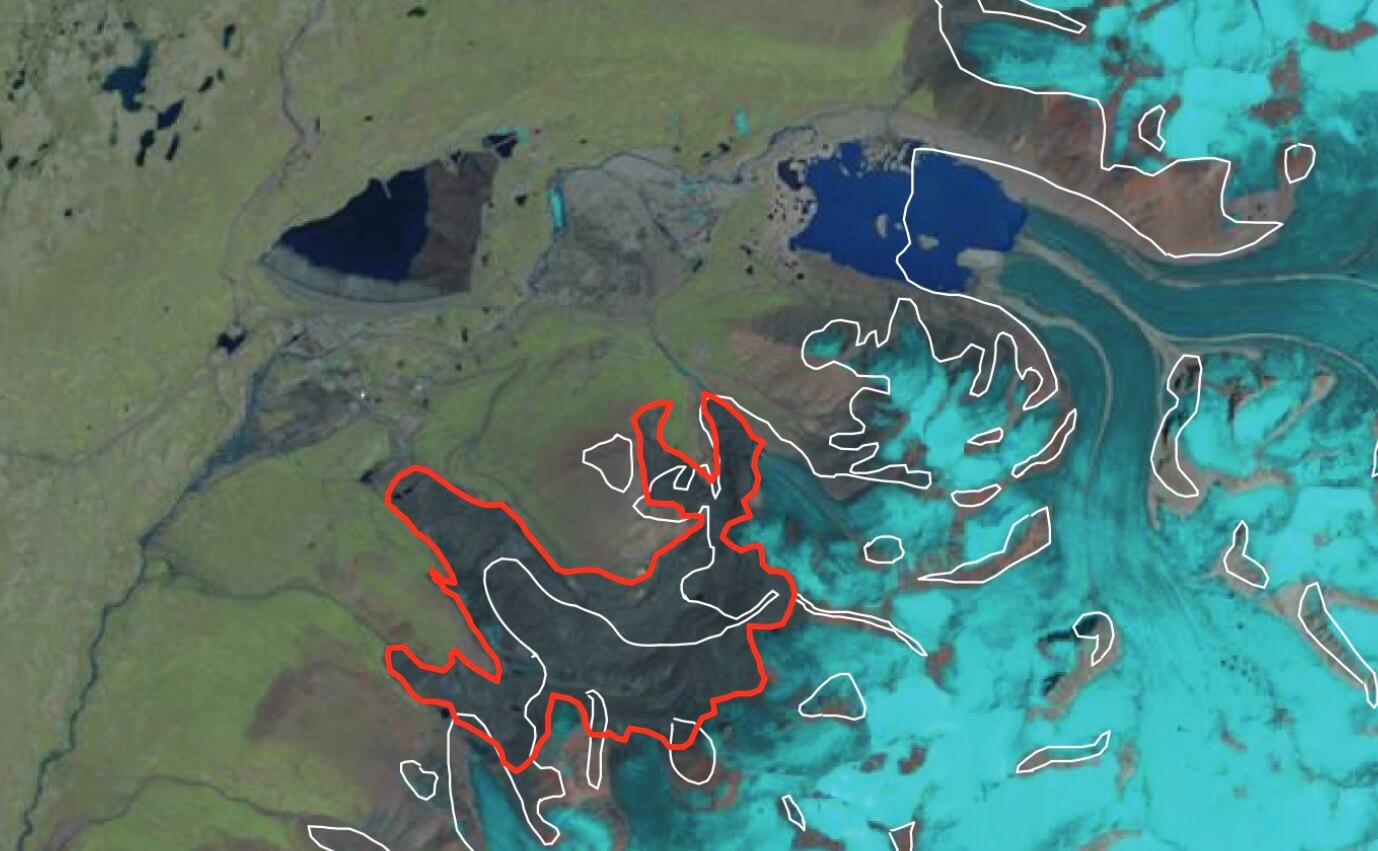
How to Cite
Share
Abstract
The glaciology group at the Geological Survey of Denmark and Greenland (GEUS) has a tradition of applied glaciology consulting for hydropower projects in Greenland (Weidick & Thomsen 1982; Braithwaite & Olesen 1988; Ahlstrøm et al. 2008). This includes assessments for the hydropower plants now operating at Ilulissat and Nuuk (Braithwaite & Thomsen 1989; Thomsen et al. 1989; 1993), as well as the outburst potential of ice-dammed lakes such as Qorlortorsuup Tasia (Mayer & Schuler 2005). Several factors, including long-term increases in global resource demand, increasing air temperatures and glacier retreat due to climate change, and improved mining and prospecting techniques may now improve the economic feasibility of mining in Greenland (Colgan & Arenson 2013). Given that over 80% of Greenland is ice-covered, mining projects in Greenland often occur in ‘proglacial’ settings, meaning adjacent to, or close to, an ice margin. The Isukasia, Kvanefjeld, Maarmorilik and Malmbjerg prospects exemplify resource development in proglacial settings in Greenland.
How to Cite
Share
Copyright (c) 2015 William Colgan, Henrik Højmark Thomsen, Michele Citterio

This work is licensed under a Creative Commons Attribution 4.0 International License.
Downloads
Editors Ole Bennike, Adam A. Garde and W. Stuart Watt
This Review of Survey activities presents a selection of 20 papers reflecting the wide spectrum of activities of the Geological Survey of Denmark and Greenland, from the microscopic to the plate-tectonic level.
The Survey’s activities in Denmark are illustrated by eight articles [...]









